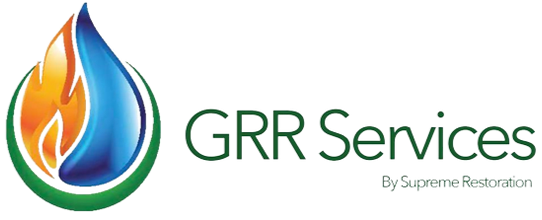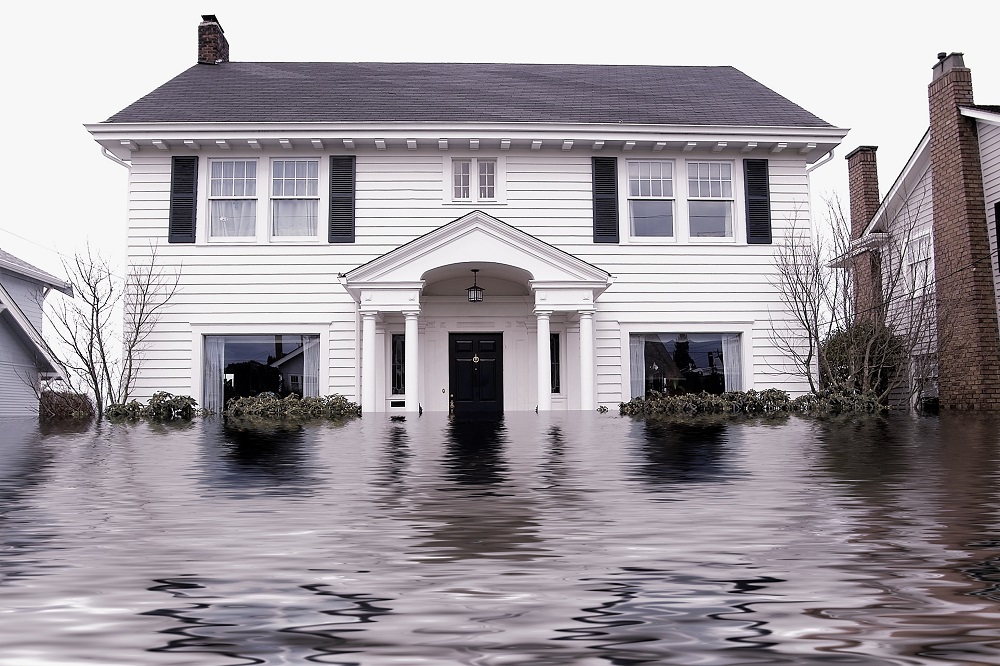Water damage restoration has multiple sources. Some of the slow and often unnoticed effects of water damage include wood decay, rust, delamination, and mold growth. The damage may be so slow and minor at first. Businesses and homeowners tend to overlook what could in time form a water spot, in turn leading to more damage. In other scenarios, it may be instantaneous and catastrophic, such as flooding or storm damage.
Water damage is a major contributor to loss of property, and contacting a water damage restoration company will help you retain the value of your property with the correct investigation of leaks and other damages.
Supreme Restoration, a top leading restoration company in Dallas, employs experienced workers that are adept at restoring damaged items, water damage, and performs excellent water damage cleanups. It’s important to contact a restoration company as soon as possible after water damage occurs.
Water or moisture attracts mold growth and can pose a serious health risk if not managed.
Water Damage Restoration Certified Company
A certified company can also help you with sudden damage to your property. Water damage restorations can be performed by property management teams, building maintenance personnel, or by the homeowners themselves; however, contacting a certified professional restoration company is often regarded as the safest way to restore the water-damaged property.
Water leak tips:
- Inspect your water utility bill carefully for unusually high usage
- Fix leaks and water spots as quickly as possible
- Regularly maintain your plumbing and check appliances for leaks
- Pay attention to symptoms such as loud pipes, moisture, discoloration, and rust
- These tips could help you retain the value of your property and avoid shortfalls. For serious damage, contact us for a consultation.
The Insurance Institute for Business & Home Safety provides statistics through water damage studies, focusing on plumping supply, drain, toilet, water, water heater, and washing machine failure risks.


